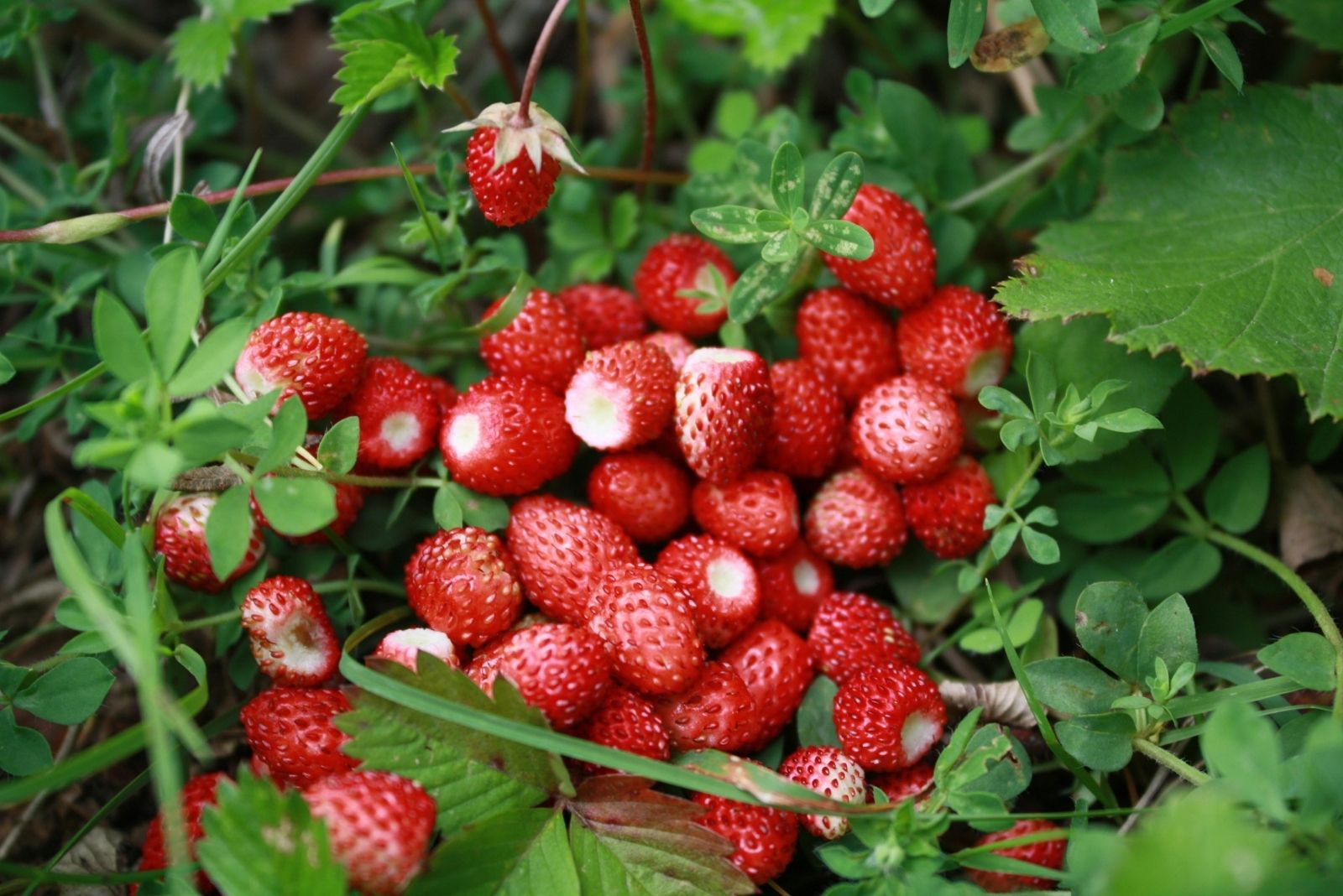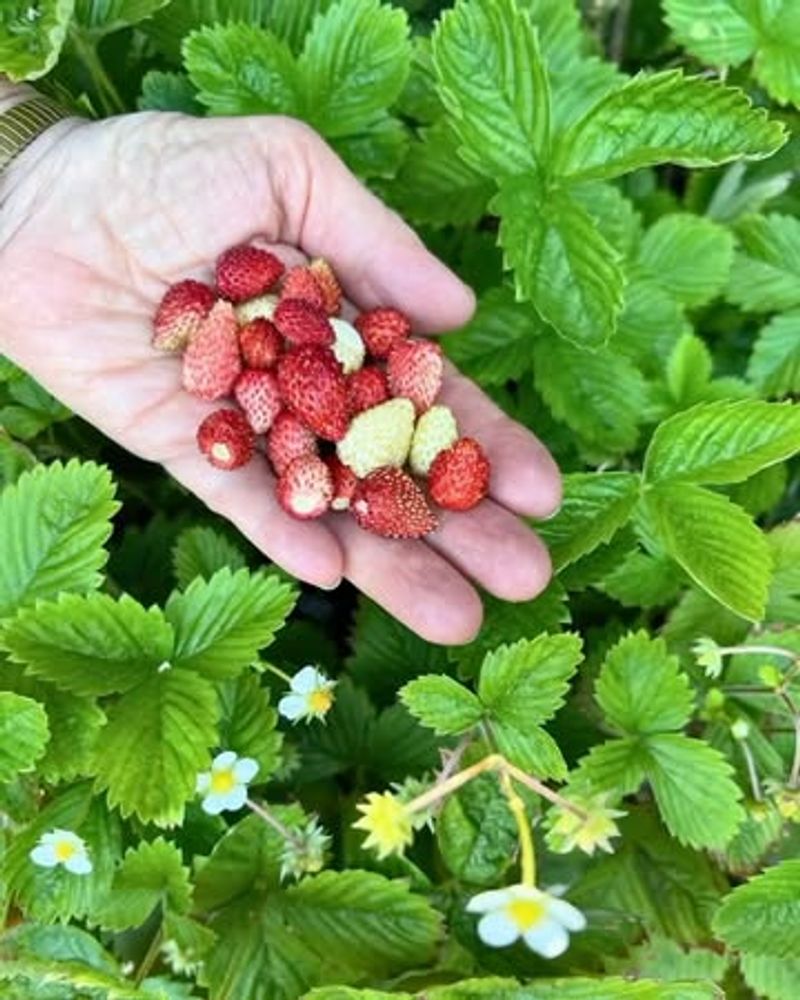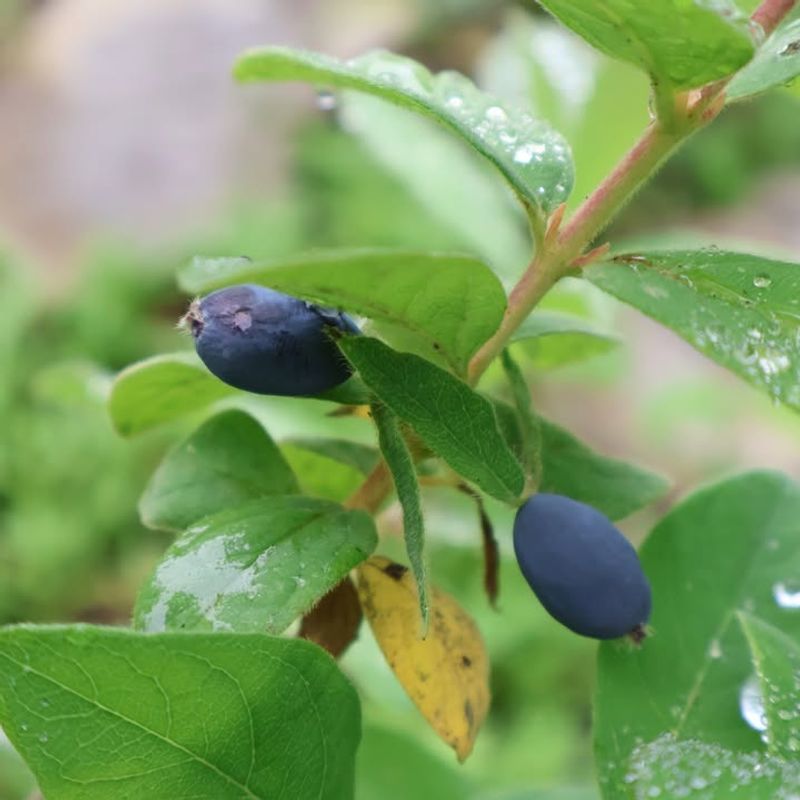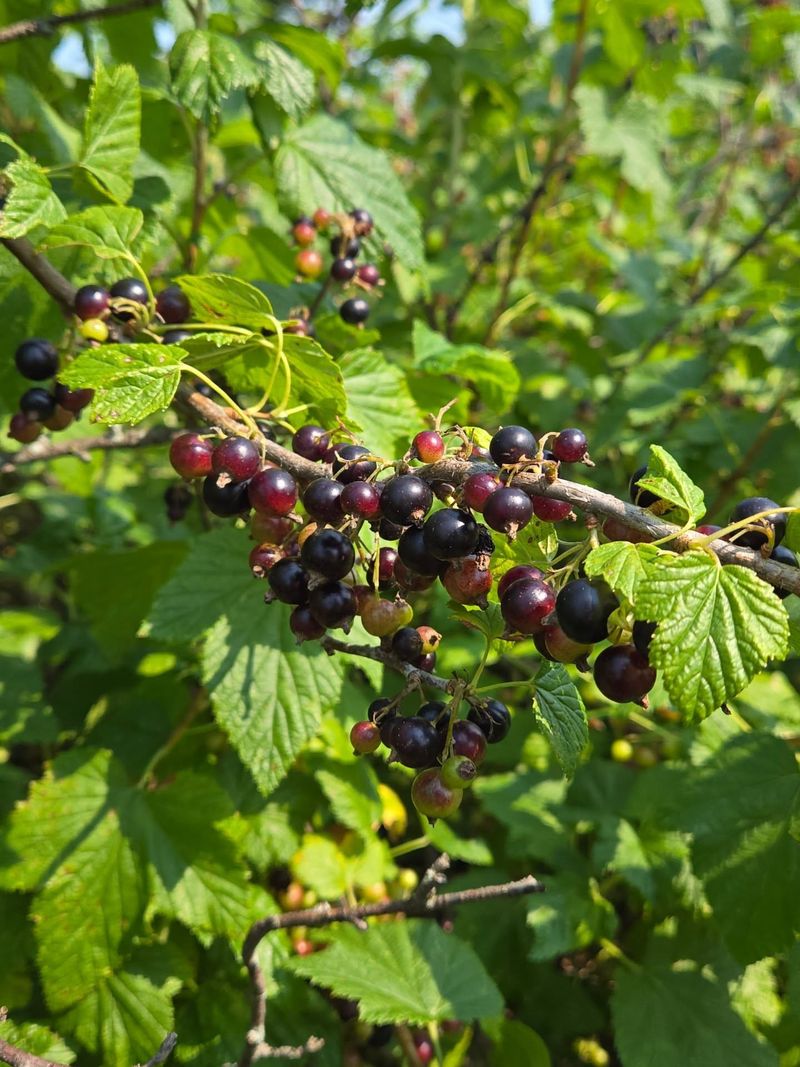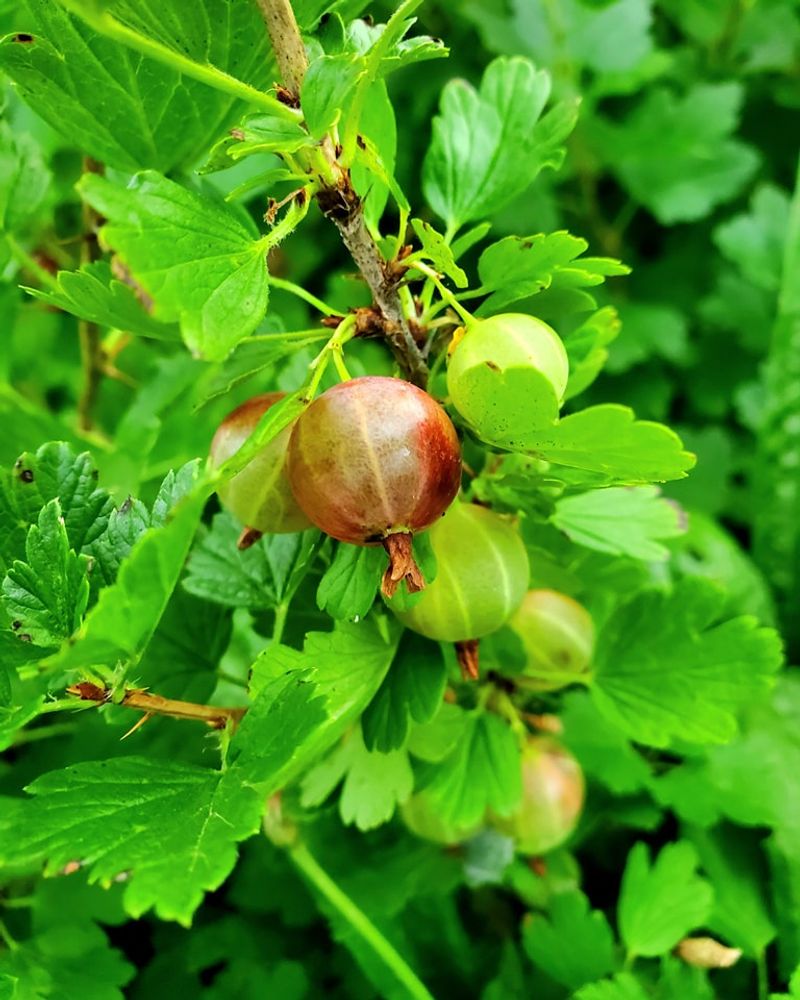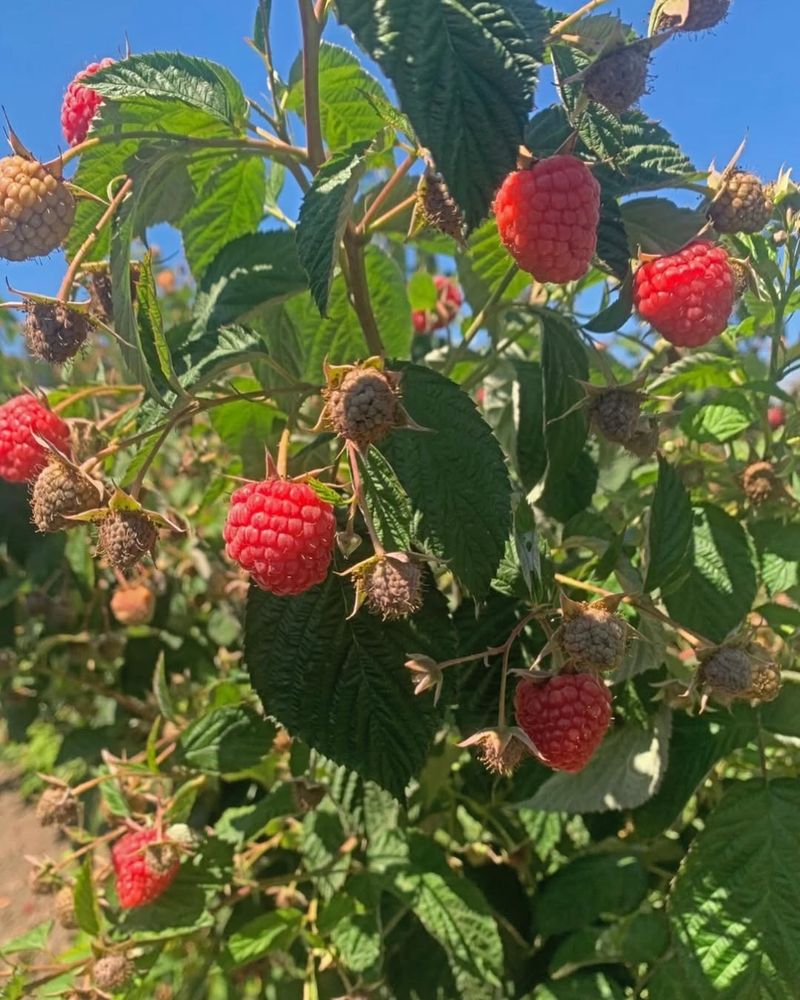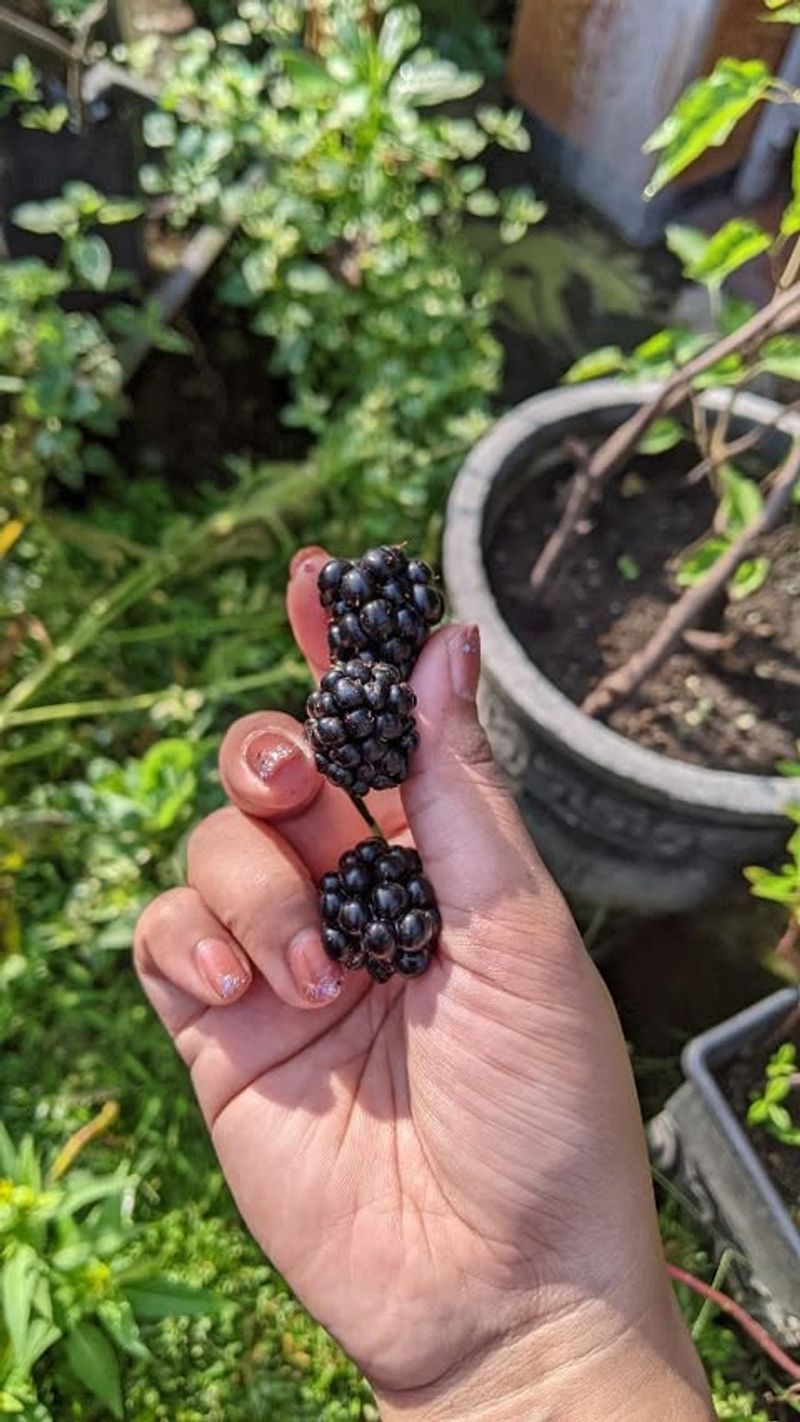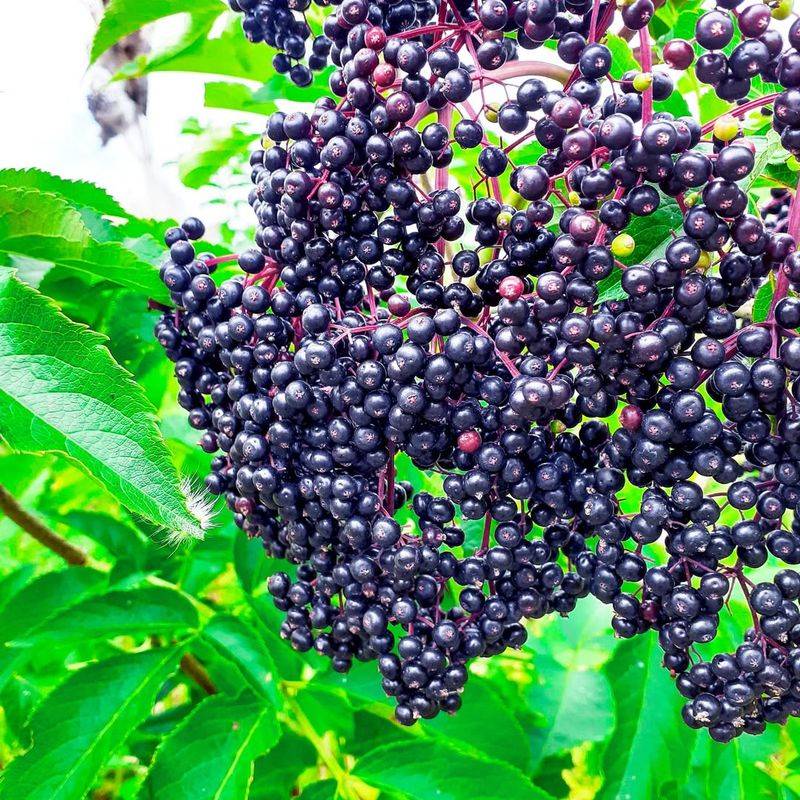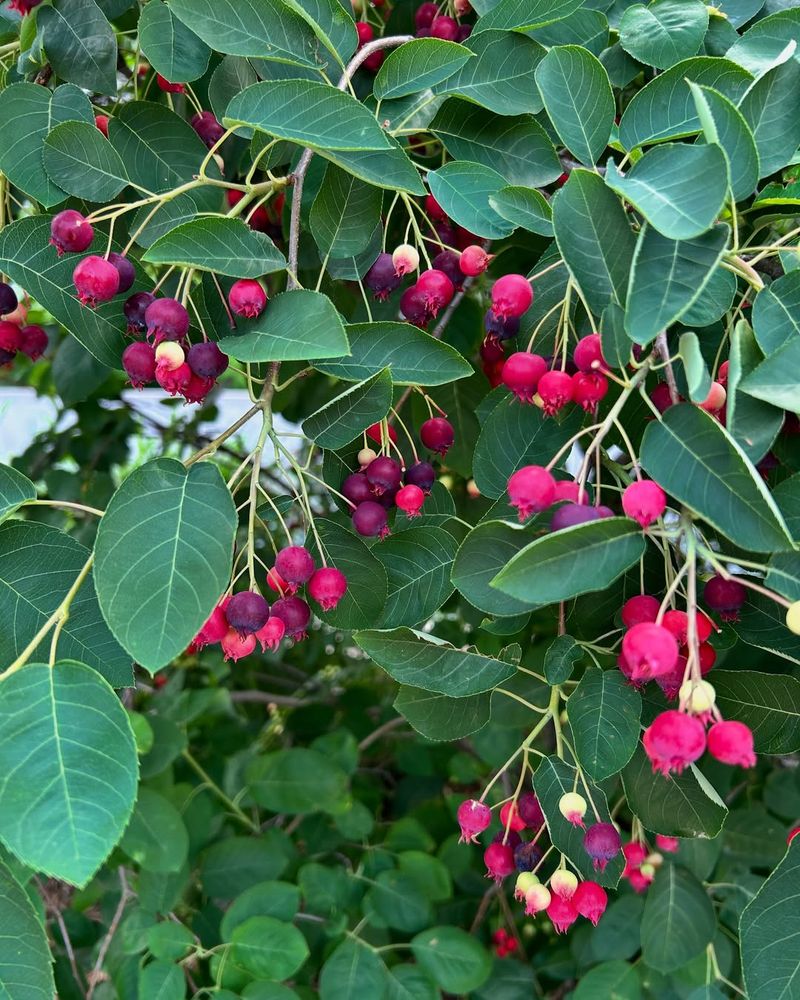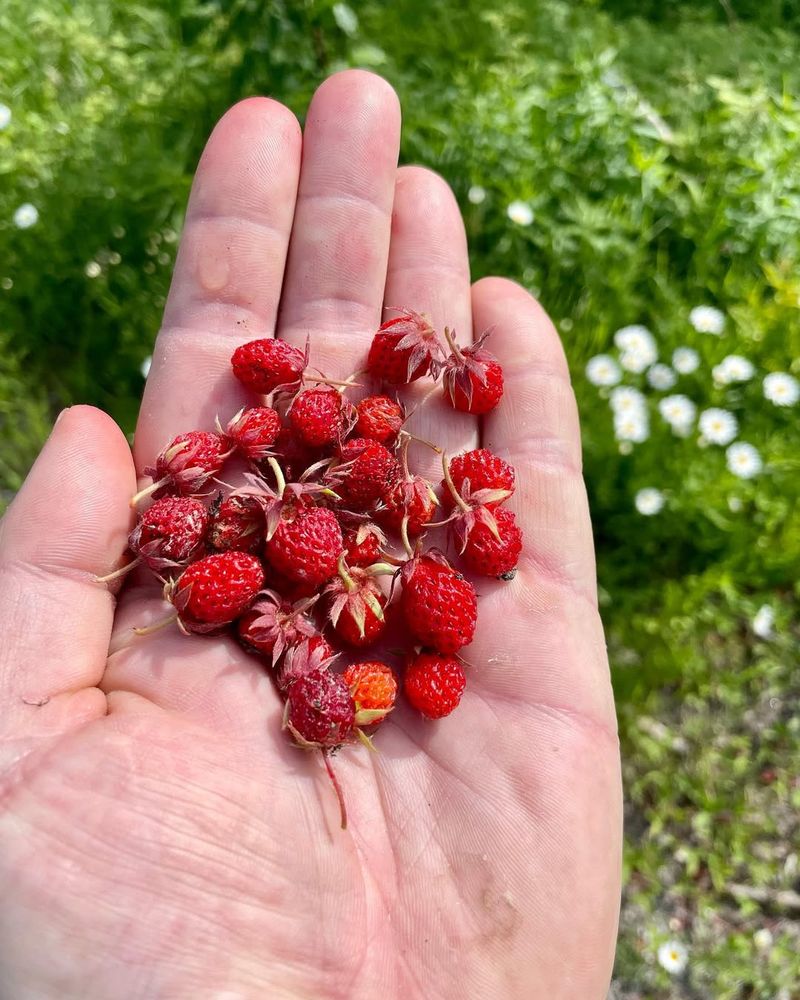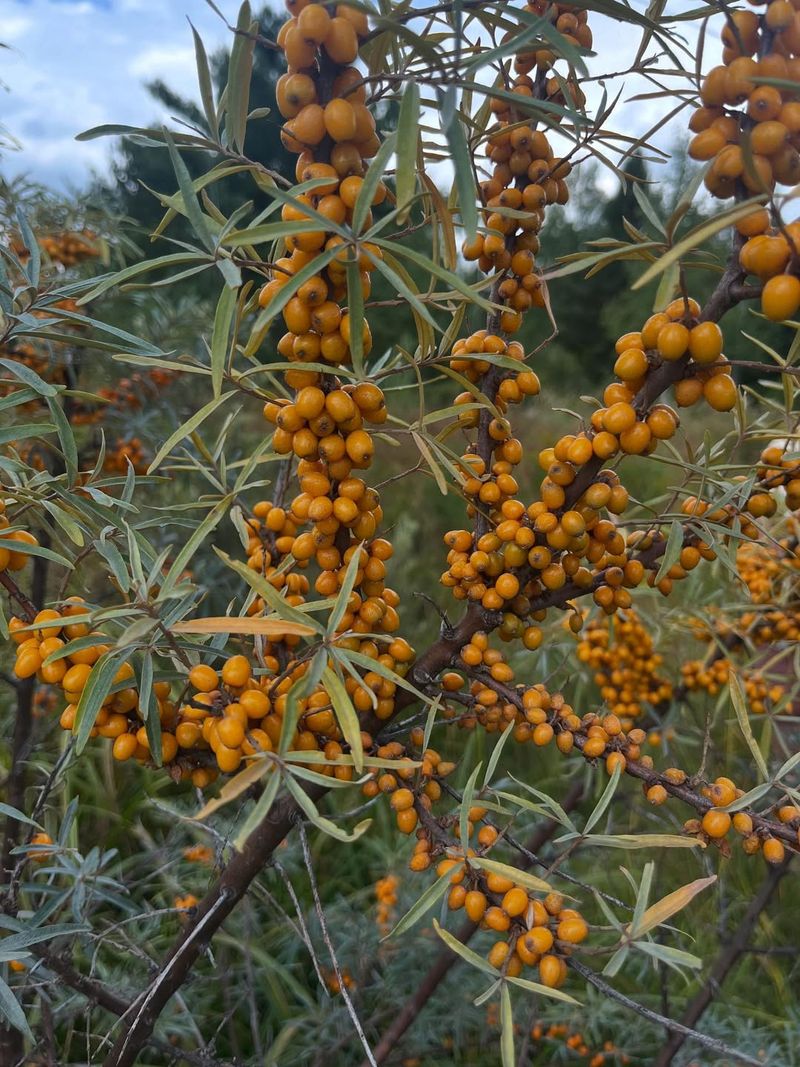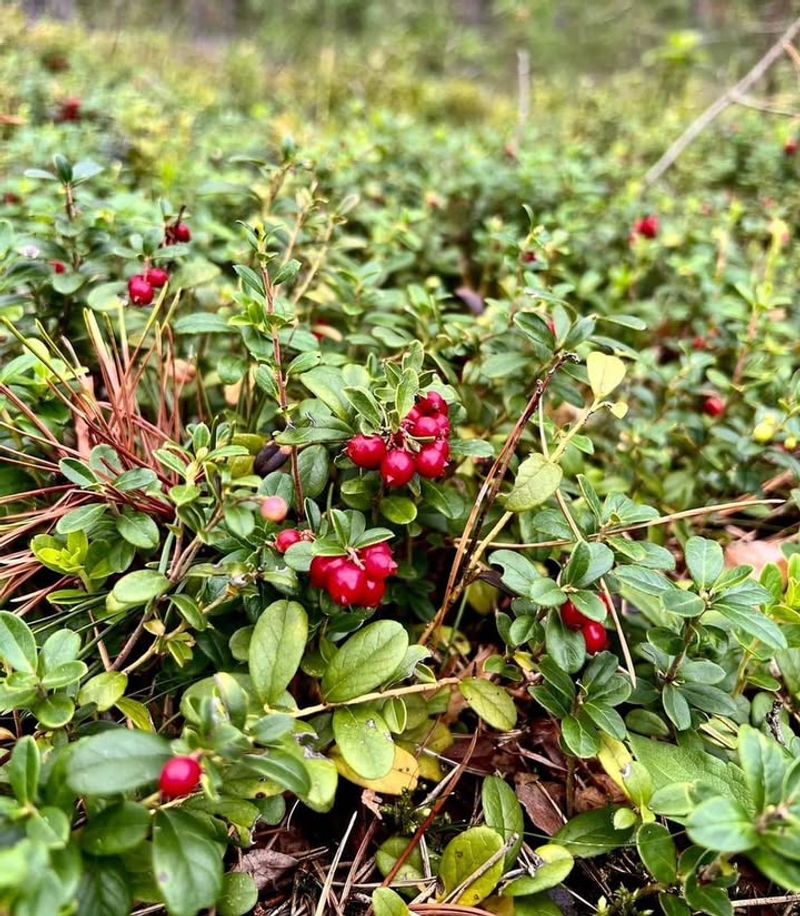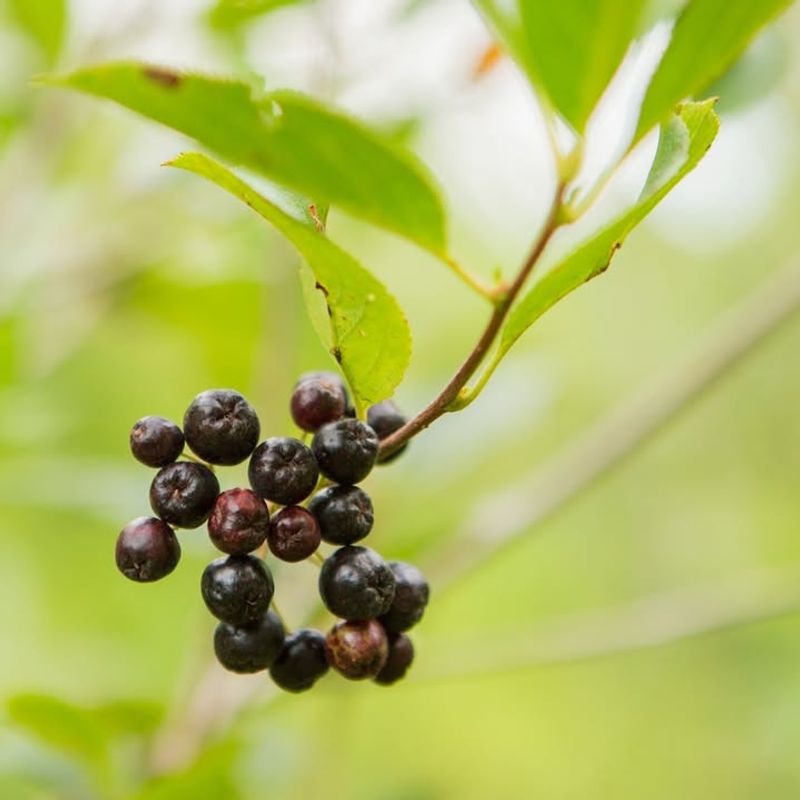October in Idaho might feel too late for planting, but a few resilient fruits can still take root before winter settles in. The cooler temperatures and moist soil actually create ideal conditions for certain seeds to germinate or overwinter successfully.
Whether you’re starting indoors or preparing seeds for spring growth, fall planting can be surprisingly productive and rewarding for Idaho gardeners.
1. Alpine Strawberries
In my Idaho garden, I’ve found that alpine strawberries handle cold weather better than most people expect. These tiny fruits germinate slowly, so starting them in October gives them time to establish roots before dormancy kicks in.
You can sow seeds indoors in containers and transplant them next spring. The cool stratification period actually improves germination rates.
Alpine varieties produce smaller berries than standard strawberries but offer intense flavor. They’re also more cold-hardy and adapt well to Idaho’s unpredictable weather patterns.
2. Honeyberries
Honeyberries thrive in cold climates, making them perfect for Idaho’s autumn planting schedule. Seeds need cold stratification to break dormancy, and October provides natural conditions for this process.
I usually plant them directly in outdoor beds where they’ll experience winter’s chill. By spring, they’re ready to sprout without any extra work from me.
These berries taste like a cross between blueberries and raspberries. For me, this fruit has always been a late-season favorite because it requires minimal fussing and produces reliably year after year.
3. Currants
Currant seeds benefit tremendously from cold stratification, which is why October planting works so well here. The freezing and thawing cycles break down seed coats naturally, preparing them for spring germination.
I’ve learned through trial and error that direct-sowing currant seeds in prepared beds saves time. They’ll sit dormant all winter and emerge when conditions are right.
Both red and black currants grow exceptionally well in Idaho. They tolerate shade better than most fruits and produce tart berries perfect for jams and baking projects.
4. Gooseberries
Gooseberries are surprisingly tough and handle Idaho’s cold snaps without complaint. October is actually an ideal time to start seeds because they need extended cold exposure to germinate properly.
Plant them in containers or directly in garden beds where they can experience natural temperature fluctuations. The cold period mimics their native growing conditions.
These thorny bushes produce tart, grape-sized fruits that ripen in early summer. They’re incredibly low-maintenance once established and rarely suffer from pest problems in our region.
5. Raspberries
While most gardeners plant raspberry canes, starting from seed in October gives you unique varieties. Seeds require cold stratification, and our Idaho winters provide exactly what they need naturally.
Sow seeds in trays or outdoor beds and let winter do the work. Come spring, you’ll see tiny seedlings that can be transplanted once they’re sturdy enough.
Growing raspberries from seed takes patience, but it’s rewarding when you develop plants perfectly adapted to your microclimate. It’s something I’ve learned pays off over time.
6. Blackberries
Blackberry seeds are tough customers that need cold treatment before they’ll sprout. October planting allows them to undergo natural stratification throughout winter months.
I scatter seeds in prepared garden spots and cover them lightly with soil. The freeze-thaw cycles work magic on their hard seed coats.
By late spring, you’ll notice seedlings popping up where you planted them. Blackberries grow vigorously once established and produce abundant fruit within a couple of years in Idaho’s climate.
7. Elderberries
Elderberries need cold stratification to germinate, which makes fall planting in Idaho particularly effective. The seeds sit dormant through winter and wake up when temperatures warm in spring.
Plant them in outdoor beds or large containers where they’ll get full winter exposure. I’ve found they’re incredibly forgiving and adapt to various soil types.
These shrubs grow quickly and produce clusters of dark berries rich in antioxidants. They’re also excellent for attracting beneficial wildlife to your garden throughout the growing season.
8. Serviceberries
Serviceberries are native to many cold regions and thrive in Idaho’s climate. Their seeds require extended cold periods, making October the perfect time to get them started.
Direct-sow them in garden beds or naturalized areas where they can experience winter conditions. They’ll germinate naturally when spring arrives without any intervention needed.
The fruits taste like a blend of blueberries and almonds. For me, serviceberries have become a staple because they’re drought-tolerant once established and produce consistently every year.
9. Wild Strawberries
Wild strawberries are hardier than their cultivated cousins and handle Idaho’s fall temperatures beautifully. October planting gives seeds time to cold-stratify naturally before spring germination.
Scatter seeds in areas where you want groundcover, or start them in containers indoors. They spread readily once established and create dense mats of foliage.
The berries are tiny but packed with intense sweetness. They’re perfect for edging paths or filling in spaces between larger plants in your garden beds.
10. Sea Buckthorn
Sea buckthorn thrives in harsh conditions, which makes it ideal for Idaho gardeners. Seeds need cold stratification, and October provides the perfect natural environment for this process.
Plant them in well-drained spots where they’ll receive full sun exposure. I’ve noticed they tolerate poor soil better than most fruits.
The orange berries are incredibly nutritious and high in vitamin C. They have a tart flavor that works well in juices and preserves, though you’ll need both male and female plants for fruit production.
11. Lingonberries
Lingonberries love cold weather and acidic soil, both of which Idaho can provide. October seed planting allows for natural stratification during winter months.
Start seeds in containers with acidic potting mix, or plant them in prepared beds amended with peat moss. They need consistent moisture but excellent drainage.
These evergreen groundcovers produce tart red berries twice per year once mature. In my experience, they’re one of the most reliable fruits for Idaho’s climate and require minimal maintenance.
12. Aronia Berries
Aronia berries are incredibly cold-hardy and practically indestructible once established. Seeds benefit from cold stratification, making October planting in Idaho highly successful.
Sow them in outdoor beds where they’ll experience natural winter conditions. They germinate reliably in spring without special treatment or extra attention.
The berries are astringent when raw but excellent for jams and baking. Aronia bushes also display gorgeous fall color, adding ornamental value beyond their fruit production in your landscape.

